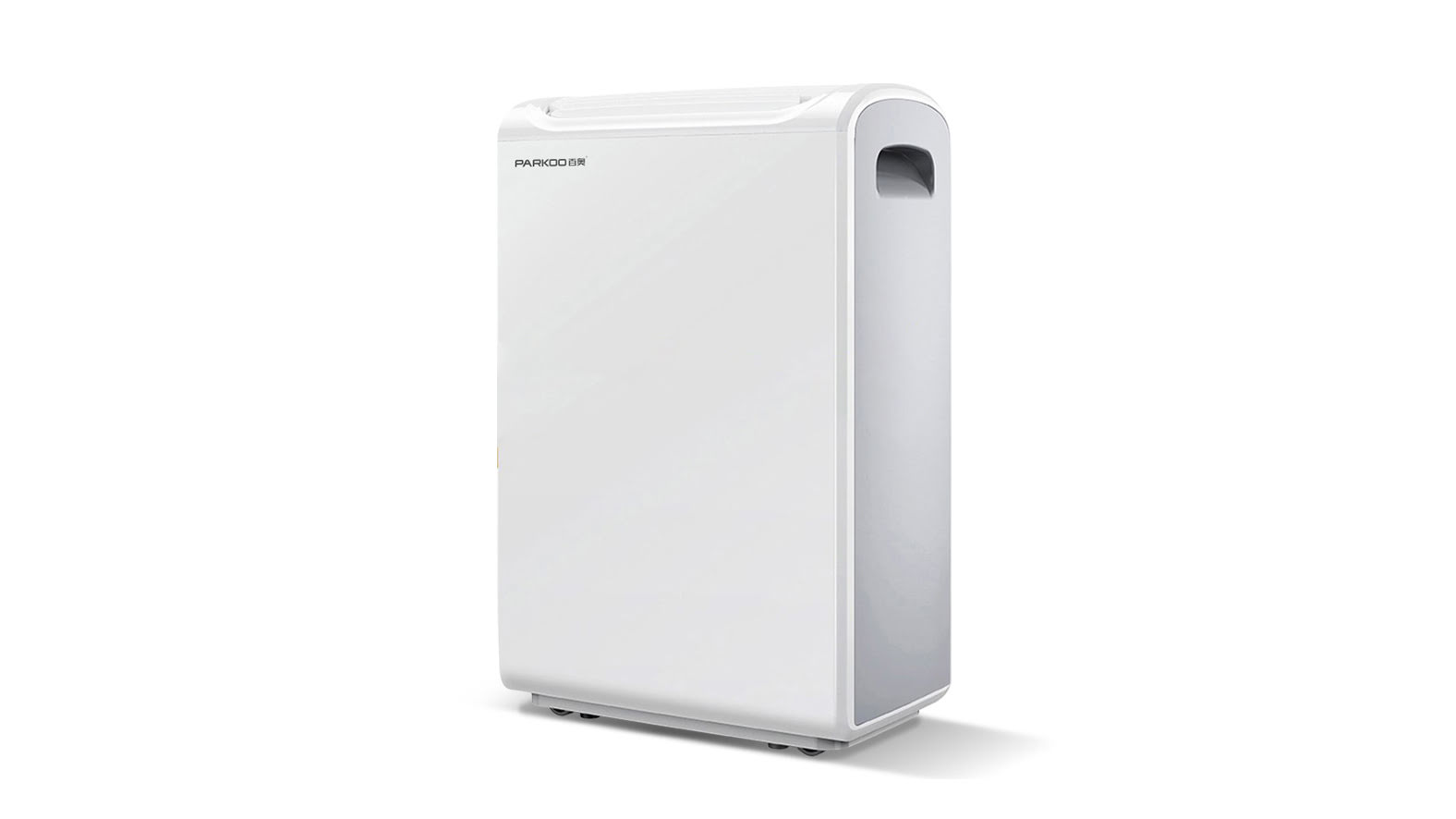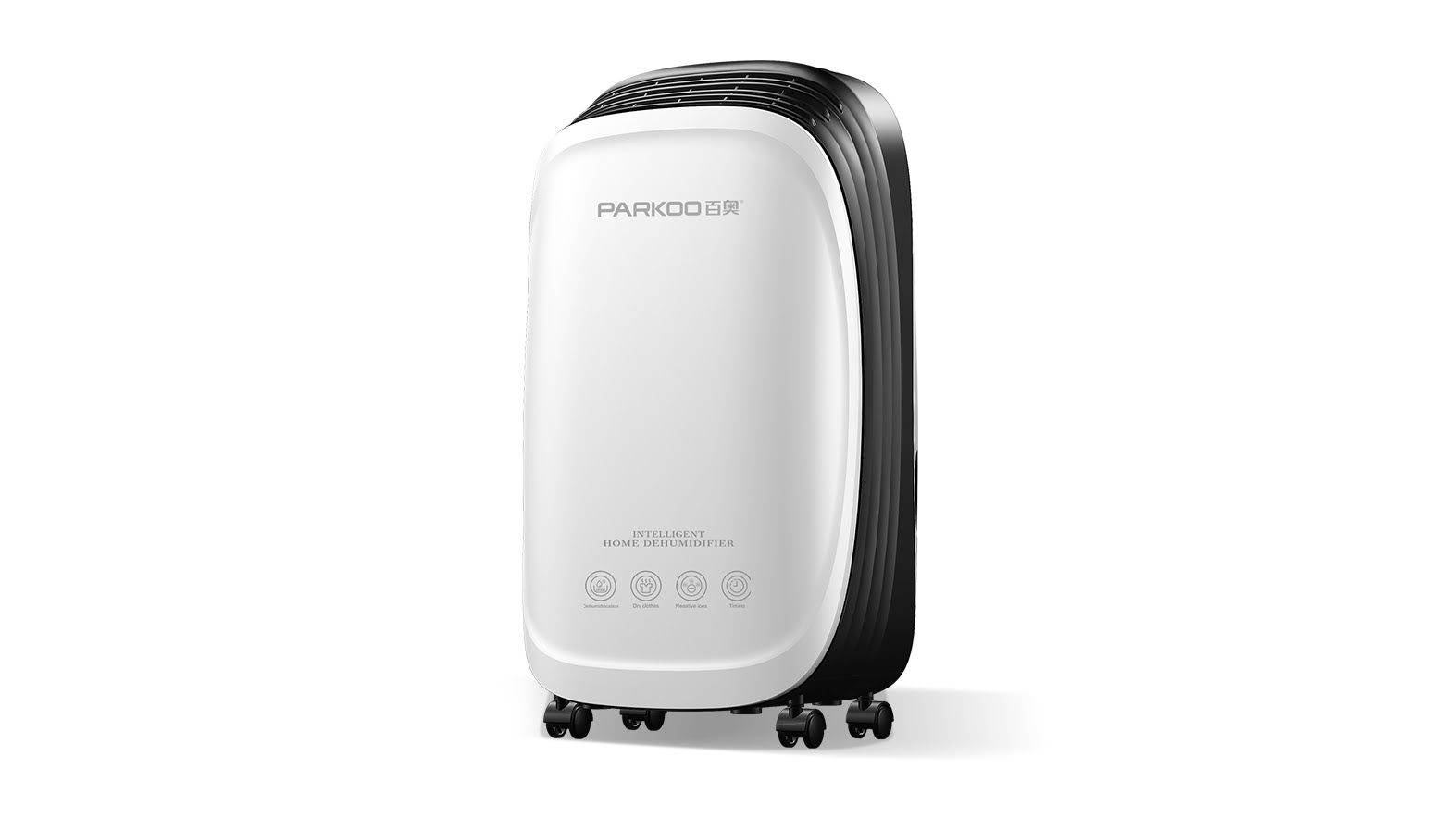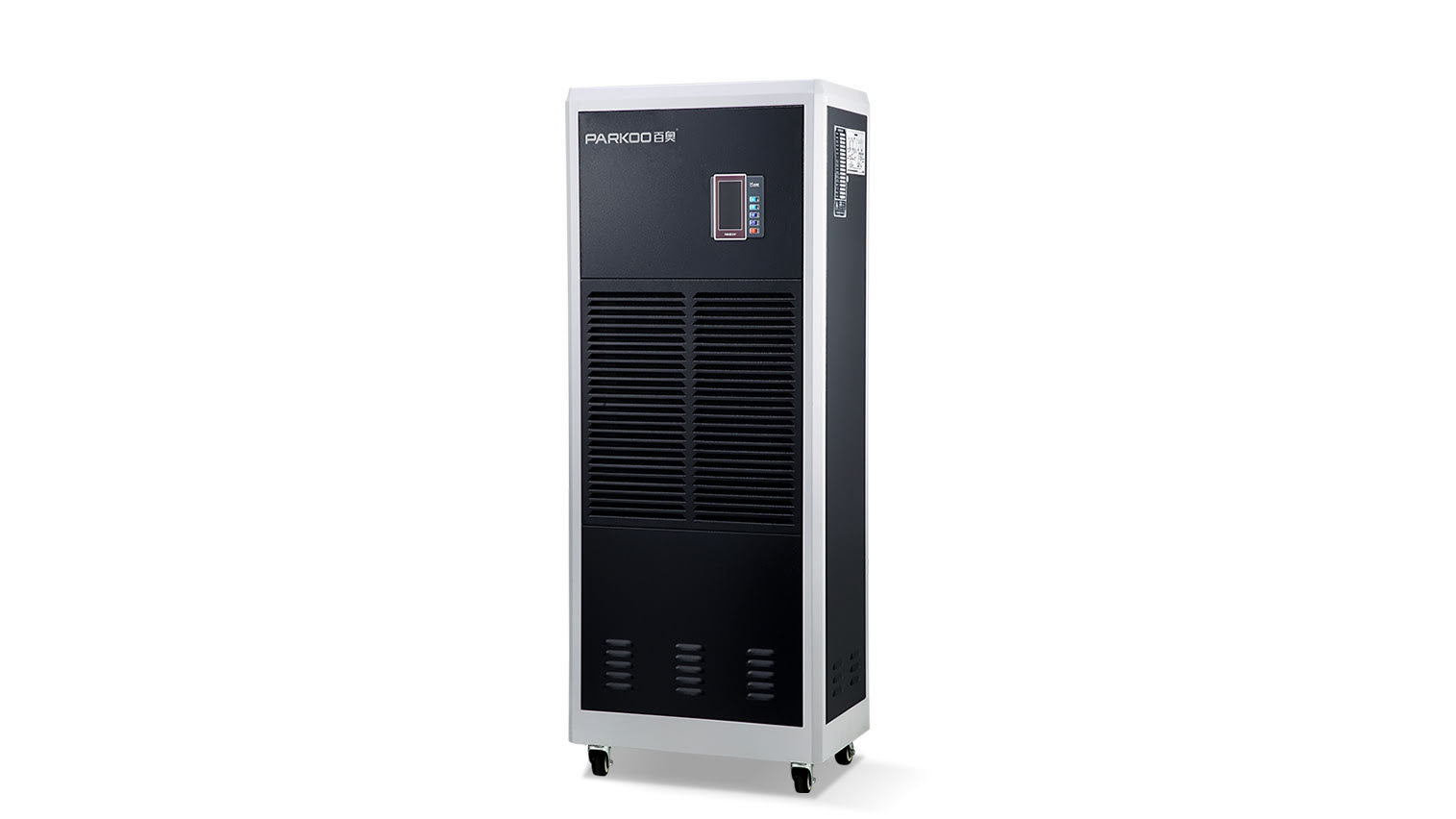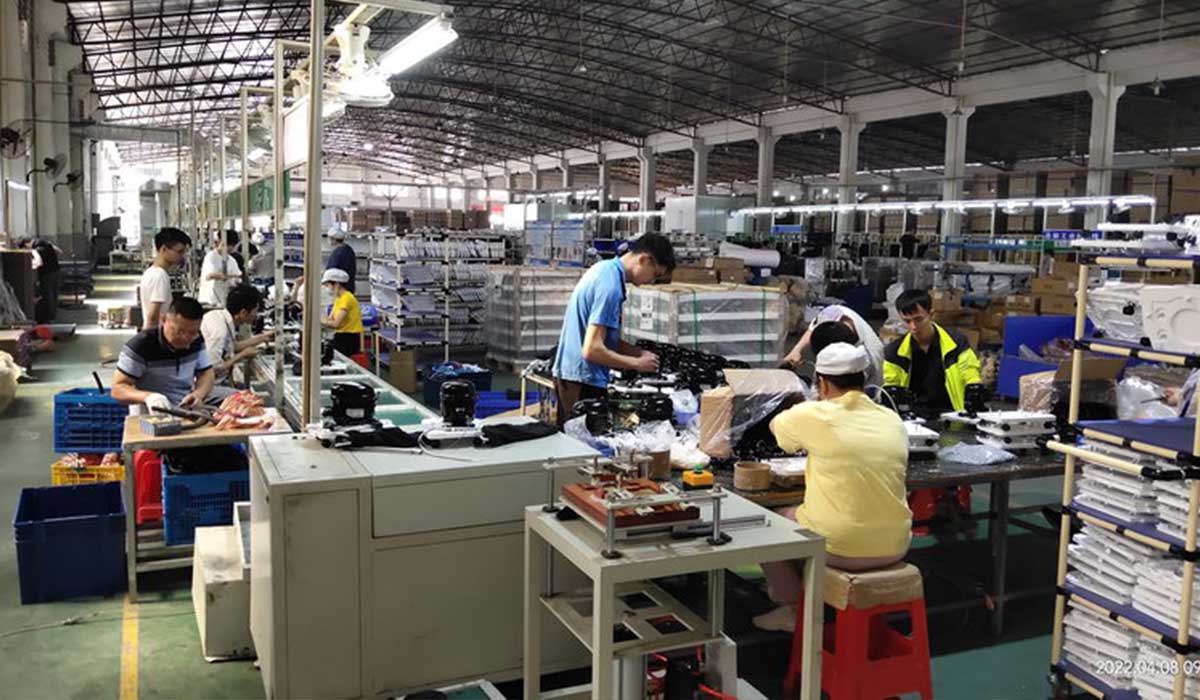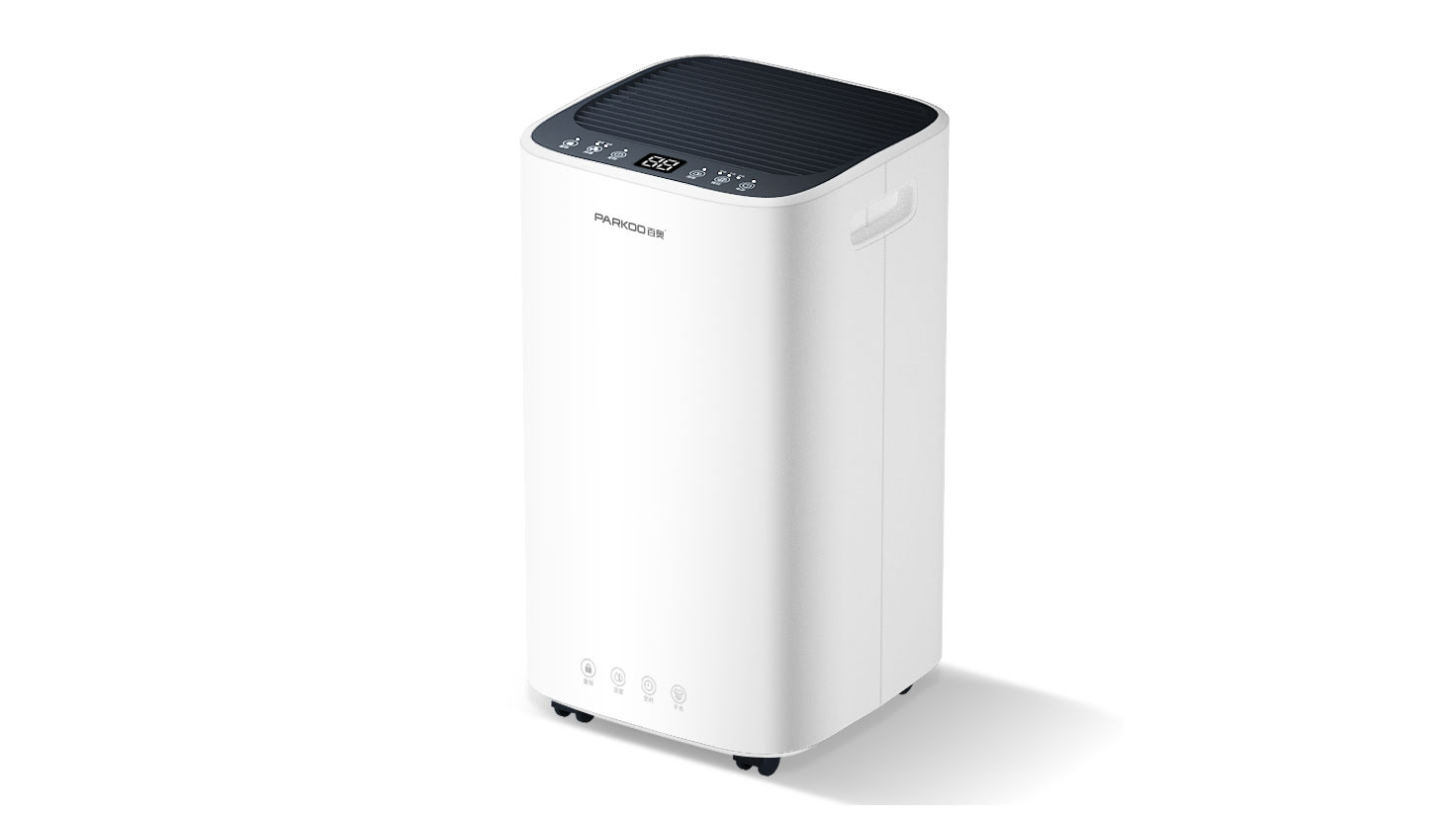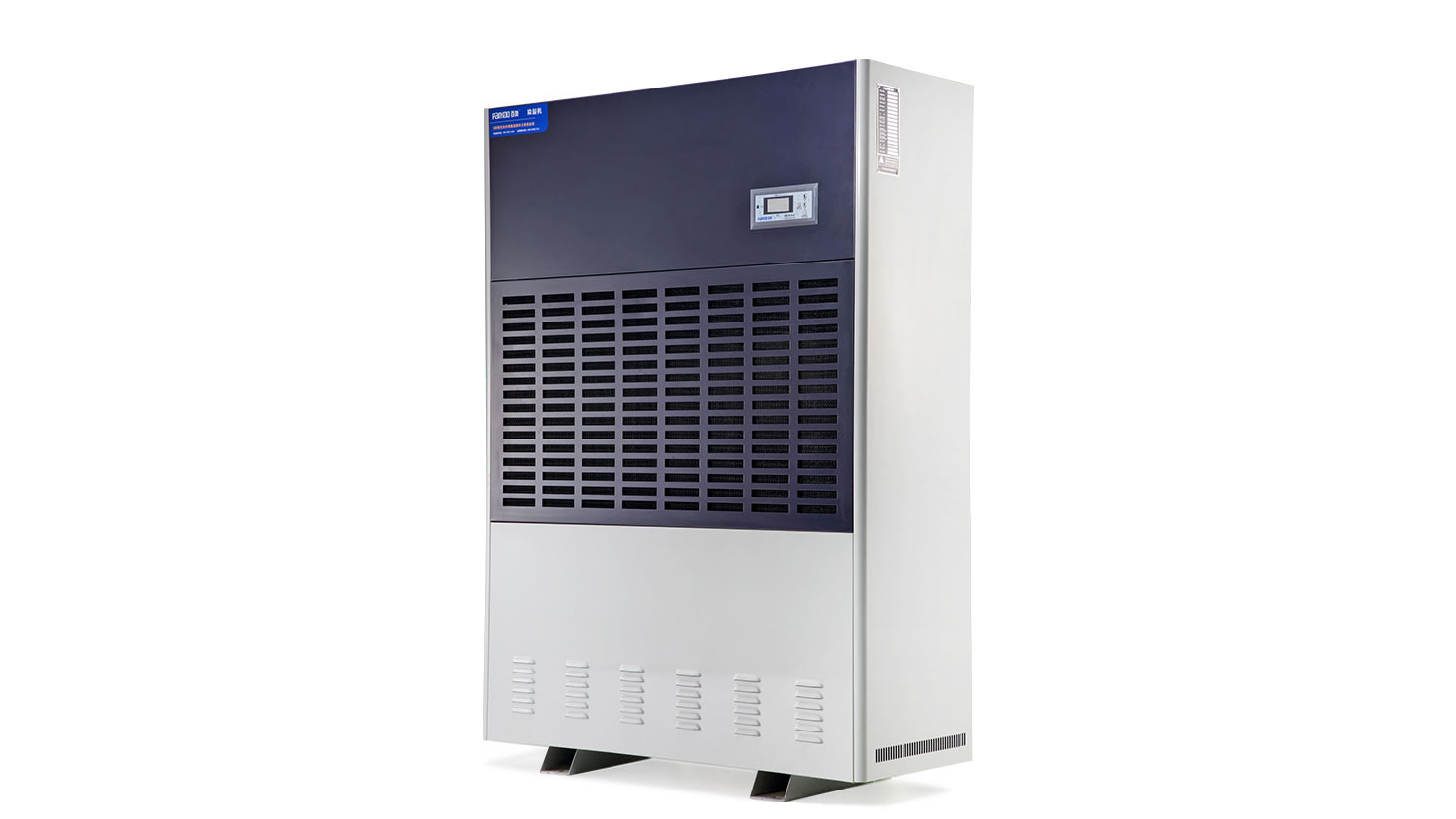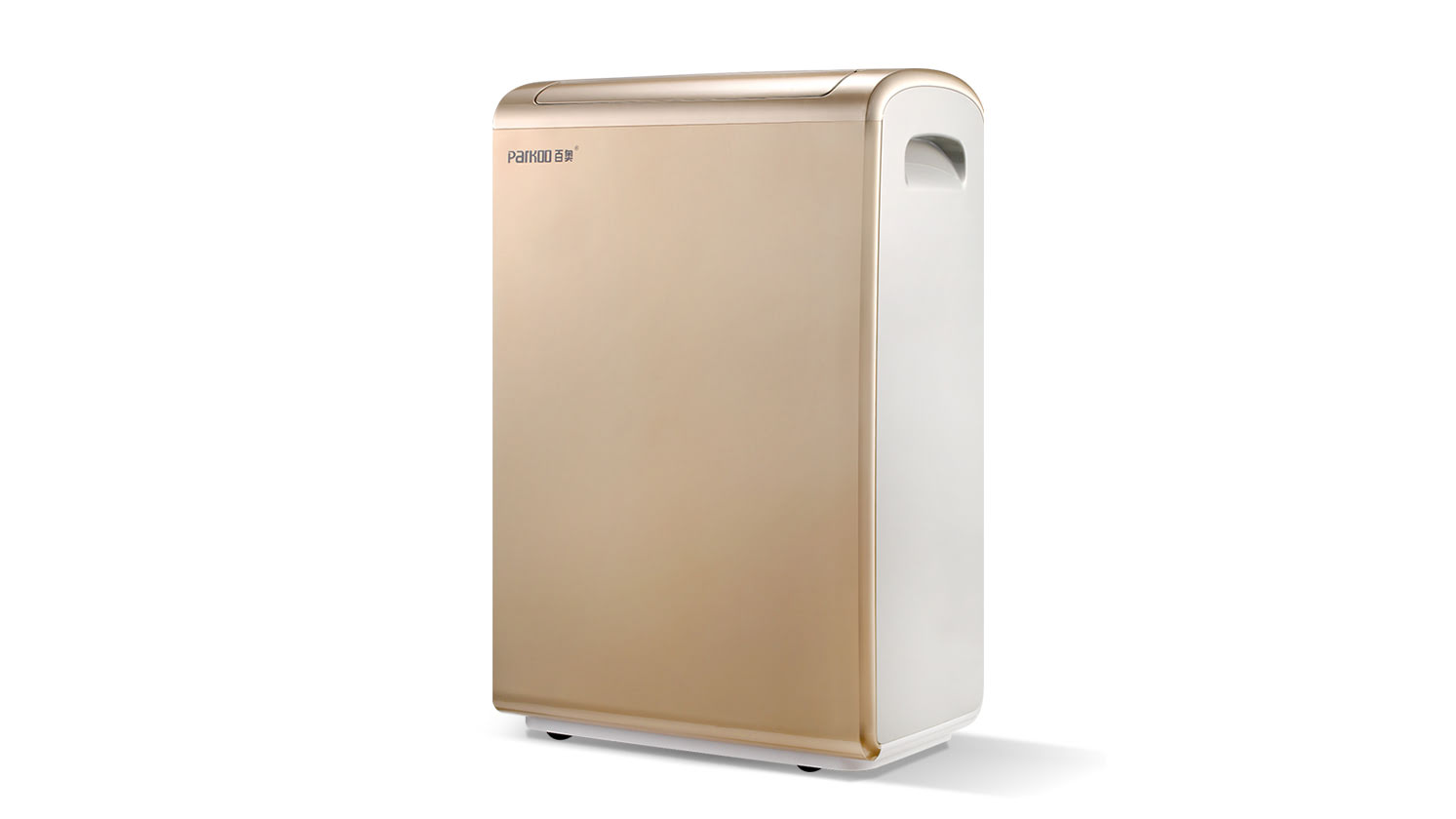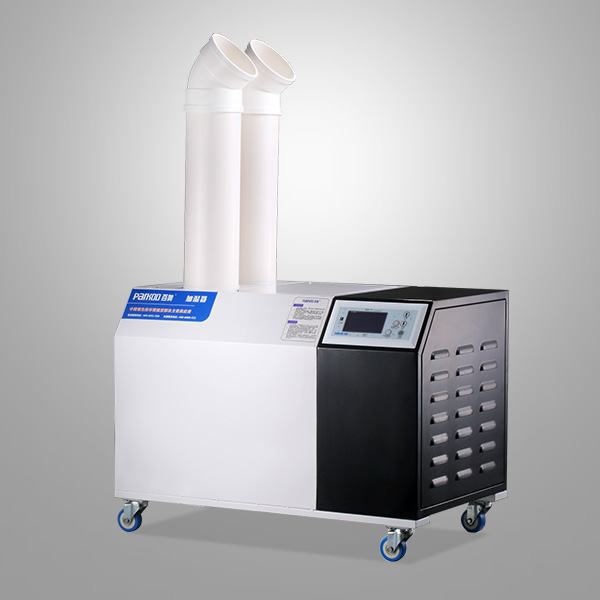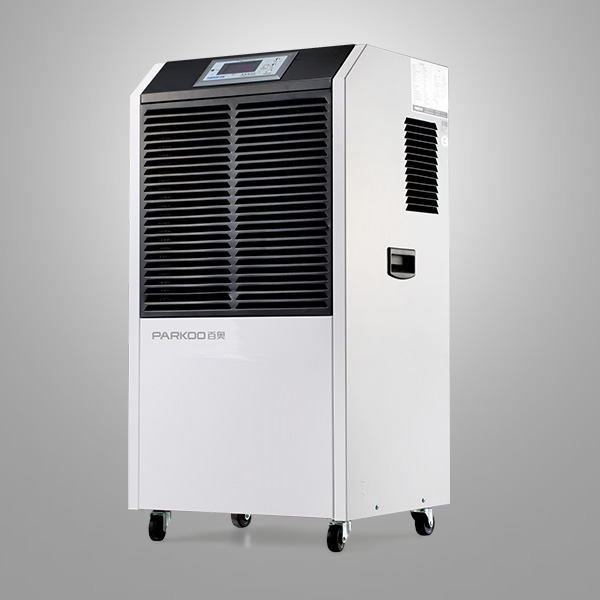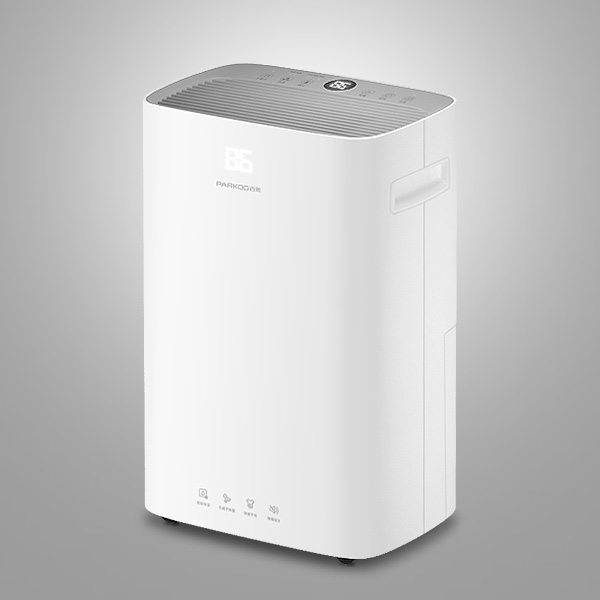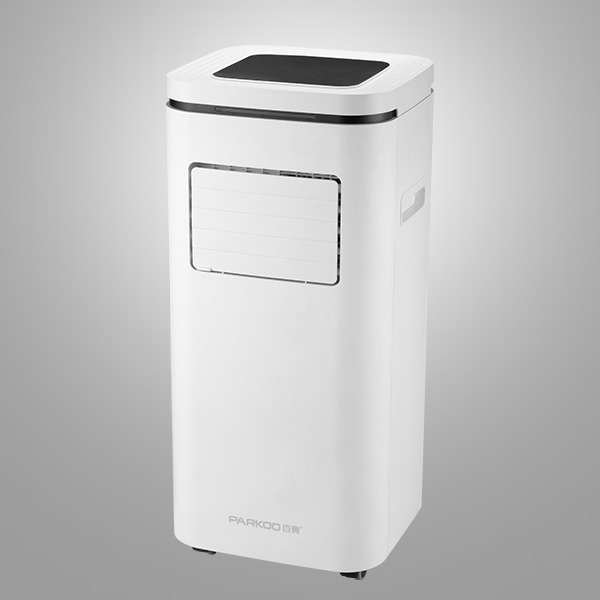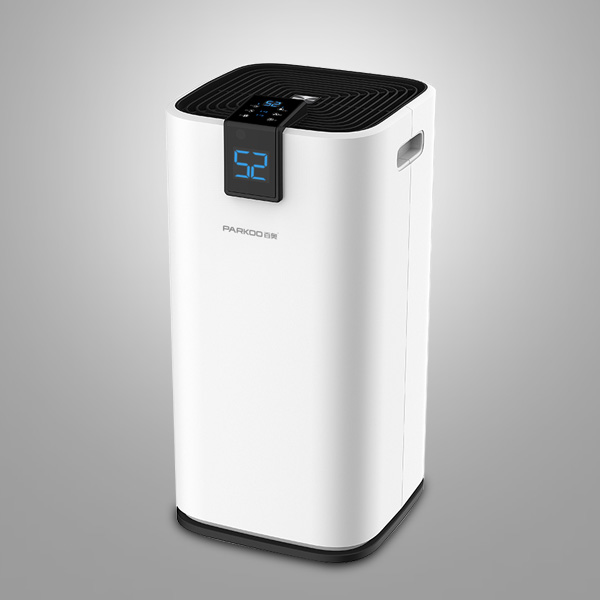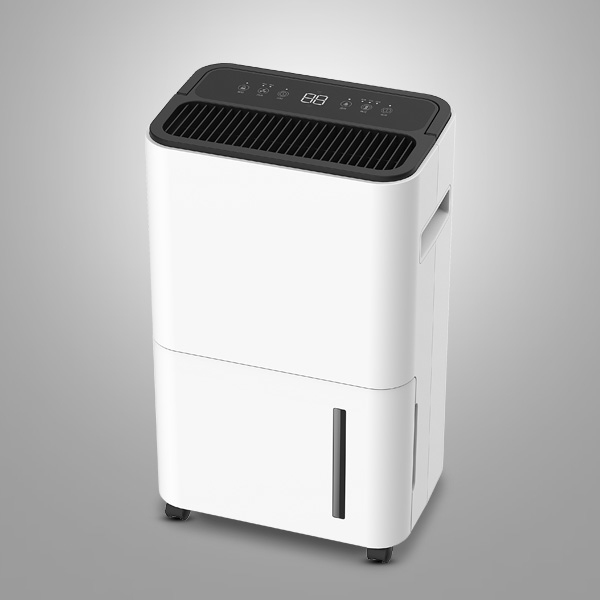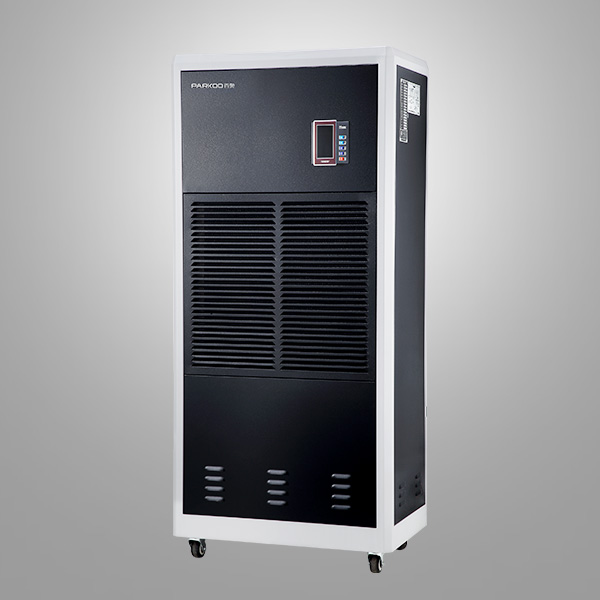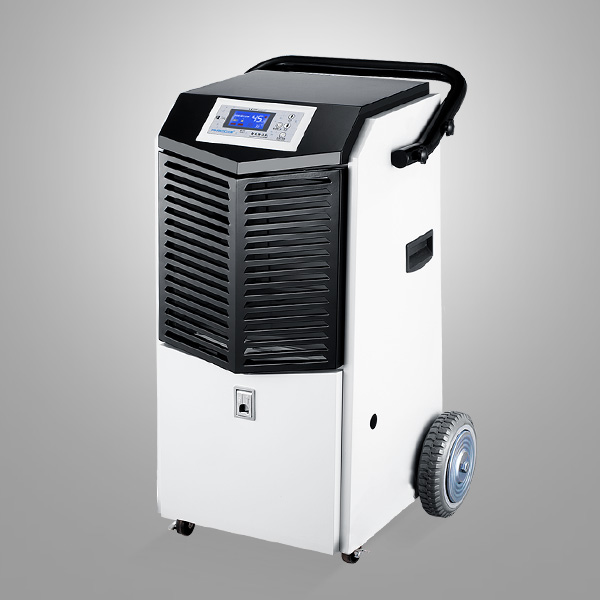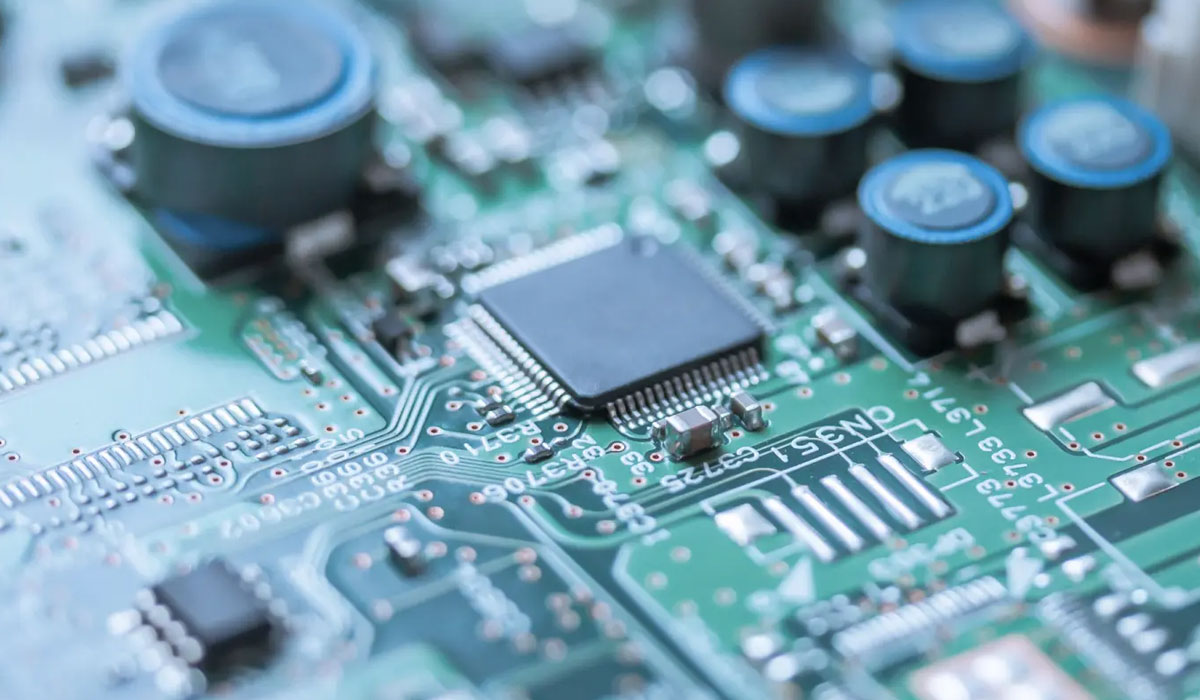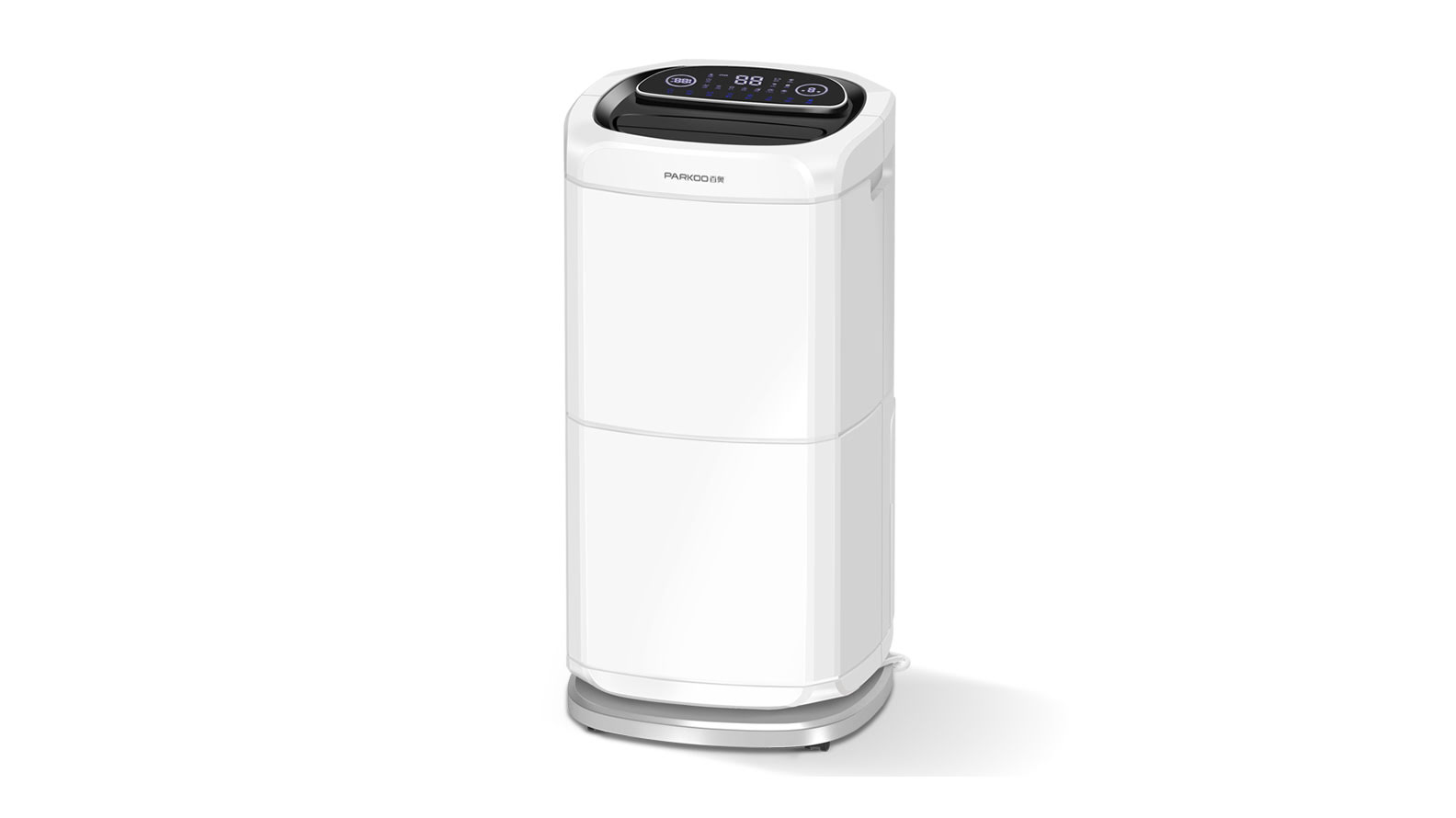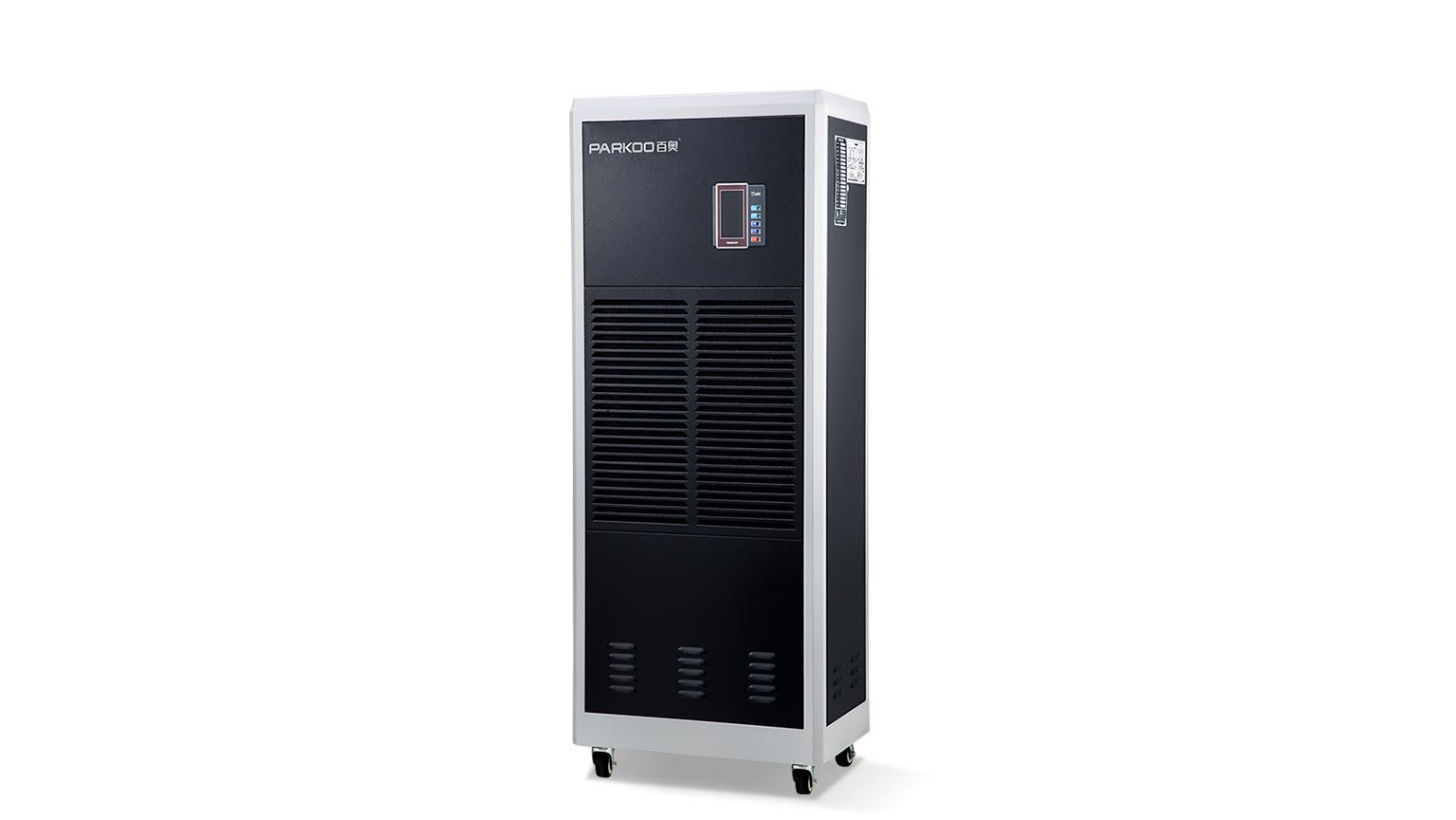Over the past 20 years, we have provided these two types of devices. We recommend and always lean towards providing fresh air dehumidification systems (see project list). This is a more sustainable design. These devices are usually made of aluminum alloy and have a lifespan of over 20 years (in very harsh environments). The mechanical system is equipped with a condensing device that operates year-round. They are difficult to maintain, usually only for 5 to 10 years
Description of fresh air dehumidification system: External fresh air enters the space through a sensible heat pipe heat recovery module. Wet air is discharged through the other side of the heat exchanger. More than 70% of the heat in the exhaust is recovered. On a design day of 0 ° F, the heat exchanger preheats the incoming supply air to 70 ° F to 75 ° F and then mixes it with any recirculated air. Hot water heating coils or gas stoves provide minimum additional makeup air and space heating
The regulated fresh air dehumidification system uses regulated recirculation and external dampers to adjust the external air volume to the precise amount required for humidity control. This conveniently provides the minimum external air flow at the highest heating cost. The code ventilation rate remains at the minimum set point on the damper. For a typical 10000 CFM system in New England, on a 0 ° F design day, the external air temperature drops to 3125 CFM, and on a 32 ° F day, the temperature drops to 4056 CFM (based on a 50% relative humidity setting pointing towards the space). When the external air rises above 55 ° F and the surface temperature of the building rises, the set point for space humidity can also be reset to 60%. In order to meet the heat load of buildings and ventilation, reheating is required. The ventilation heat load usually only increases by 6-10 ° F
In summer mode, the system typically operates at 100% external air and exhaust. In buildings with minimum glass load and sensible heat acquisition, no mechanical cooling is required. If necessary, a cooling device can be installed, using DX coils, integral or remote air-cooled condensing devices, and an additional heat pipe coil to avoid reheating. As long as the external air dew point is above 45 ° F and cooling function is added, it can operate. When using mechanical cooling, reheated air is added to the air heat exchanger for pre cooling and reheating of the air passing through the cooling coil and providing neutral temperature air to the space above the dew point
The fresh air dehumidification system provides the lowest maintenance and operating cost of any alternative to pool dehumidification
